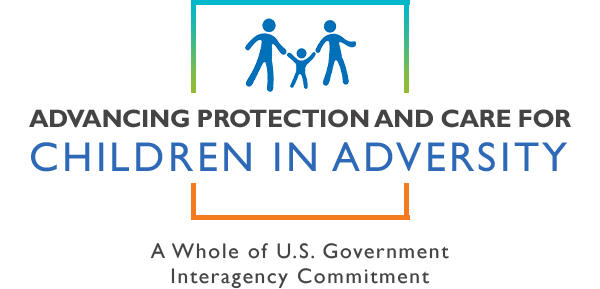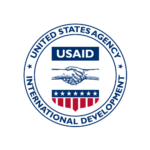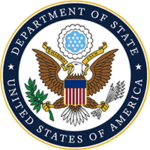In June 2019, U.S. Government (USG) partners launched Advancing Protection and Care for Children in Adversity: A U.S. Government Strategy for International Assistance (2019-2023) or APCCA Strategy, which outlines the USG’s approach to investing in the development, care, dignity, and safety of the world’s most vulnerable children and their families. Subsequently, the APCCA Interagency put the Strategy into action with an Implementation Plan, detailing activities, impacts, and outcomes in a Report to Congress on an annual basis.
The recently passed Global Child Thrive Act of 2020 provided additional direction, stating that the United States Government should provide assistance to improve early childhood outcomes globally and continue efforts to reduce child mortality rates and increase attention on prevention efforts and early childhood development outcomes.
Strategic Objectives
The Strategy builds on three evidence-based objectives that inform the U.S. Government’s policies and programs to benefit the world’s most vulnerable children. These objectives are interrelated, interdependent, and mutually reinforcing. Success with each objective creates a multiplier effect by contributing to a solid foundation to protect children and adolescents from a wide array of risks and supporting their development, care, and safety
The U.S. Government will promote nurturing care for the most-vulnerable newborns and young children, starting before birth, by funding and supporting comprehensive and integrated programming in early-childhood development to provide for children’s health, nutrition, safety and security, responsive caregiving for social and emotional well-being, and opportunities for early learning.
The U.S. Government will support those most vulnerable children who are, or are at risk of, living outside of family care by promoting, funding, and supporting nurturing, loving, protective, and permanent family care.
The U.S. Government will promote, fund, and support the protection of children from violence, exploitation, abuse, and neglect by investing in preventative and responsive programming.
Guiding Principles
THESE STRATEGIC OBJECTIVES ARE IMPLEMENTED THROUGH FIVE GUIDING PRINCIPLES
 |
Impacts
In FY 2019, the USG APCCA partners raised additional resources; increased attention on children in crisis and conflict settings; supported children with disabilities; addressed the specific needs of vulnerable youth; funded new, groundbreaking research and tools; and maximized effects through strategic partnerships.
The economic case for investing in children around the world is compelling; the cost of not doing so is devastating, not only to individuals and families, but also to communities and nations. Enabling children to reach their full potential will require common understanding, shared commit¬ment, united action, and love.
The U.S. Government’s commitment to the dignity and well-being of children and their families around the world promotes the development, care, and protection of children everywhere and provides a basis for intergovernmental and inter-organizational collaboration.
The Case for Investing
Ensuring that every child can survive, thrive, and reach his or her full potential with dignity is central to long-term national development. Strengthening the capacities of children, adolescents, and the families who love and care for them is one of the best investments a country can make to eliminate extreme poverty, boost economic growth, and promote a peaceful society.
The challenge of protecting children in adversity is enormous. Millions of children and adolescents around the world live without protective, nurturing, and loving family care as the result of poverty and other factors, including disability, disease, humanitarian crisis, exploitative labor, or human trafficking. Evidence shows that when children face chronic, unaddressed adversities, the resulting toxic stress can have life-long, debilitating mental, emotional, and physical effects.1 This constel¬lation of adversities has deleterious impacts, not only on the individuals and families concerned but also on the societies and countries where they live, across generations.










 CROSSCUTTING AREAS
CROSSCUTTING AREAS




